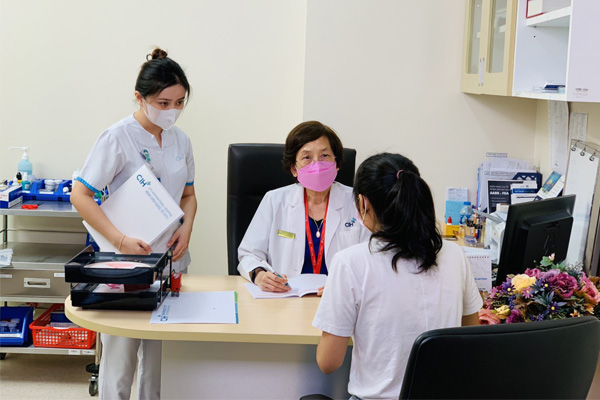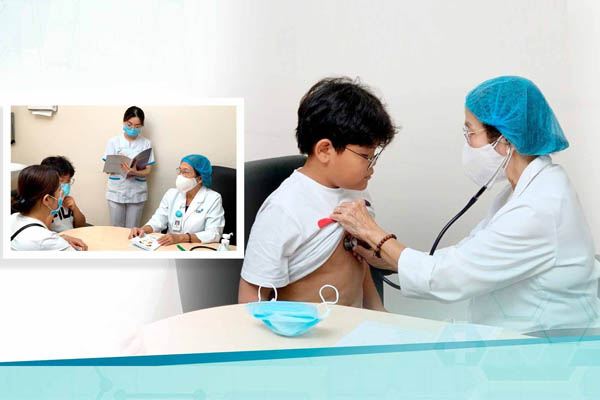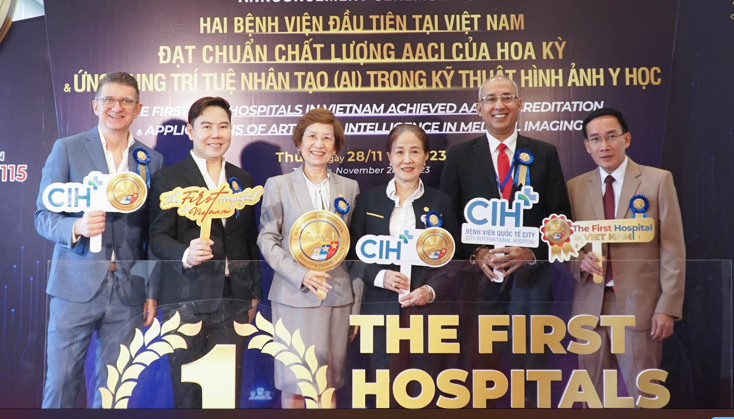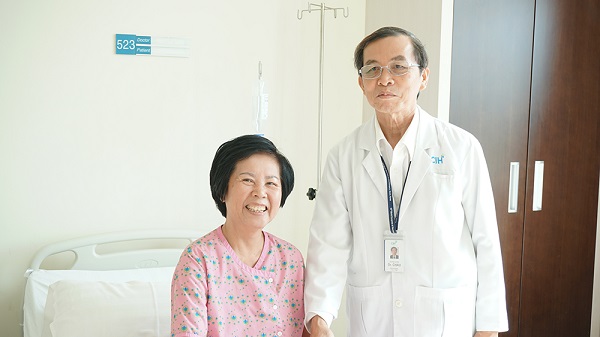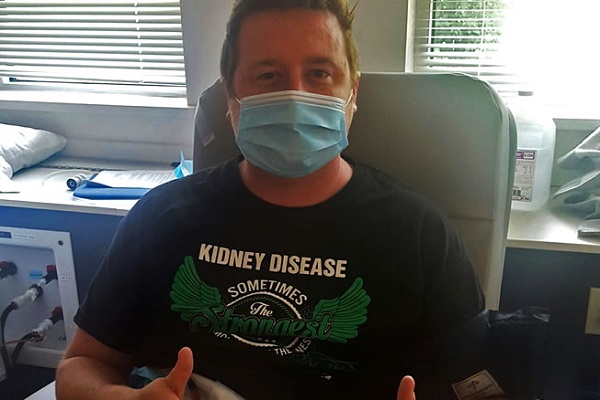News by Vnexpress |
For every 100,000 Vietnamese people, 23.2 have liver cancer, in both genders. China is also the area of the world most affected by liver cancer, with a standardized incidence rate of 25.7 in 100,000 people.
World Health Organization report (WHO) in 2018 shows that liver cancer is one of 5 convincing causes of death, an estimated 782,000 deaths a year. Liver cancer comes from people infected with hepatitis B and C, abuse of alcohol, eating foods containing aflatoxin molds.
Although over 80% of liver cancer cases worldwide occur in developing parts of the world, including Vietnam. A new ranking by GLOBOCAN 2018, has placed Vietnam at the world’s highest incidence rate of liver cancer. For every 100,000 people, 23.2 have liver cancer, in both genders. China is also the area of the world most affected by liver cancer, with a standardized incidence rate of 25.7 in 100,000 people.
Prof.Nguyen Chan Hung, Head of Vietnam Cancer Association, “liver cancer is disease in which malignant cells form in the tissues of the liver. In our country, liver cancer is most common in both men and women and the cancer risk of men is three times higher than that of women. It is difficult to detect early, so the successful cure rate is low”, Mr. Hung added.
According to Prof.Hung, “liver cancer grows quietly without initial symptoms. After that, symptoms appear quite faint, easy to confuse as feeling of not eating well, indigestion, fatigue, heavy in the right flank. The patients went to the doctor when the tumor had spread to distant part of their body. Symptoms of late periods are often a sense of fullness, lowered appetite, fatigue, jaundice…”
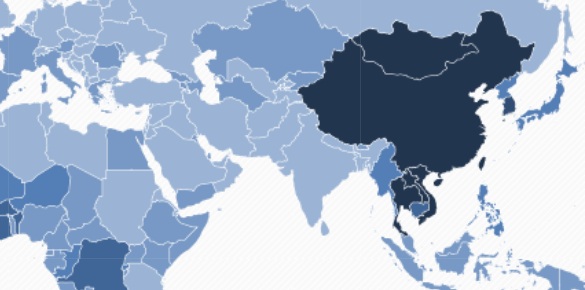
A/Prof. Nguyen Tan Cuong, Medical Director of City International Hospital, said that about 10-20% of cirrhotic patients might turn to liver cancer. Patients with hepatitis B virus had a 200 times higher probability of liver cancer than normal people. Hepatitis B and C viruses were the main risk factors for liver cancer as well as cirrhosis, which occurred in 80-90% of liver cancer patients.
The World Health Organization (WHO) warns that without rapid action, the number of people carrying hepatitis virus will increase in the coming years. It’s been estimated that 20 million cases die from hepatitis in the years 2015-2030. Currently, worldwide over 325 milion people are living with hepatitis B but the biggest risk is 90% of those people can live with the hepatitis b virus for years without knowing it until end stages of liver cancer.
Some other risk factors for liver cancer are aflatoxin, a toxin commonly found in moldy grains, drinking alcohol, metabolic diseases such as fatty liver, diabetes.
Associate Prof. Bui Huu Hoang, Head of the Department of Gastroenterology, Ho Chi Minh City University of Medicine and Pharmacy, said liver cancer in Vietnam increased rapidly and mortality was high due to shortage hepatitis B vaccination. People had no sense of screening for liver cancer periodically, especially those with high risk factors such as hepatitis B, C, alcoholism, among others. Executive screening based on ultrasound; CT Scan or MRI; blood test as well.
Dr. Nguyen Dinh Song Huy, Head of Hepatology Department-Deputy Director of the Tumor Hospital Center of Cho Ray Hospital said that Vietnam was located in an epidemic area infected with hepatitis B virus, screening for liver cancer in the group high risk was limited. Many patients were often examined and detected late and unable to treat, the average life time was no more than one year.
The main methods of treatment of liver cancer are hepatectomy, local tumor destruction by RFA or microwave MWA, chemical TACE button, targeted Therapy for Oral Cavity. The two most vital factors to consider when treating are the size of the tumor and whether the liver has fibrosis.
How to reduce risks of cancer
Modifying or avoiding key risk factors can significantly reduce the burden of cancer. These risk factors include:
- Tobacco use including cigarettes and smokeless tobacco
- being overweight or obese
- unhealthy diet with low fruit and vegetable intake
- lack of physical activity
- alcohol use
- sexually transmitted HPV-infection
- infection by hepatitis or other carcinogenic infections
- ionizing and ultraviolet radiation
- urban air pollution
- indoor smoke from household use of solid fuels.
Tobacco use is the single most important risk factor for cancer and is responsible for approximately 22% of cancer-related deaths globally.
Pursue prevention strategies
To prevent cancer, people may:
- Increase avoidance of the risk factors listed above;
- Vaccinate against HPV and hepatitis B virus;
- Control occupational hazards;
- Reduce exposure to ultraviolet radiation;
- Reduce exposure to ionizing radiation (occupational or medical diagnostic imaging).
Vaccination against these HPV and hepatitis B viruses could prevent 1 million cancer cases each year.
Screening
Screening aims to identify individuals with abnormalities suggestive of a specific cancer or pre-cancer who have not developed any symptoms and refer them promptly for diagnosis and treatment. Screening program can be effective for select cancer types when appropriate tests are used, implemented effectively, linked to other steps in the screening process and when quality is assured. In general, a screening programe is a far more complex public health intervention compared to early diagnosis.
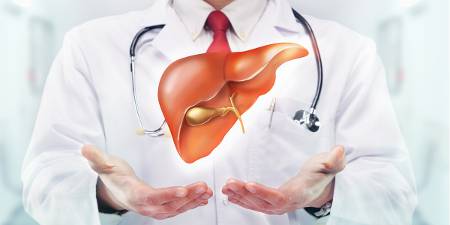
For appointment or more information about City International Hospital, please contact:
? Address: No.3, 17A street, Binh Tri Dong B Ward, Binh Tan Dictrict (Next to Aeon Mall Binh Tan,) HCM City.
? Operator: (028) 6280 3333 (ext. 0)
? Website: www.cih.com.vn.













